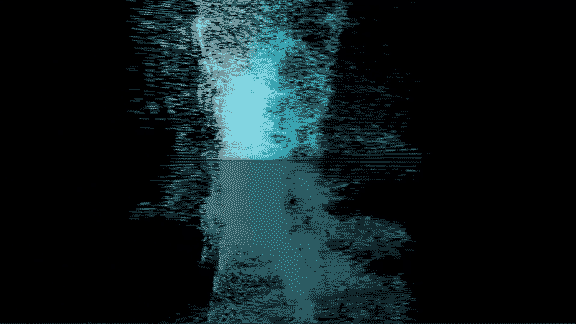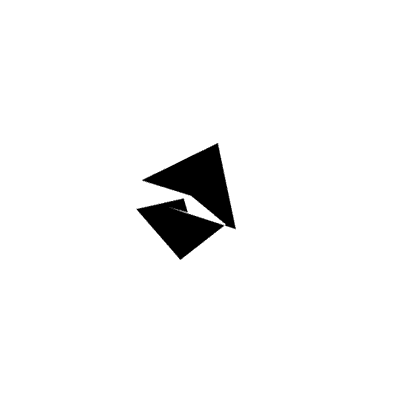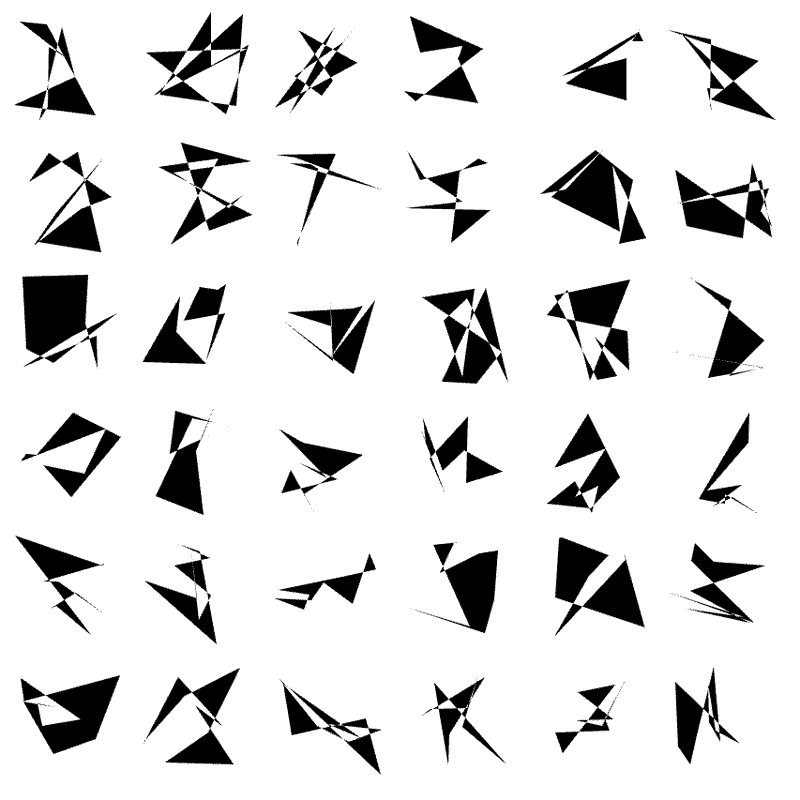How can we synthesise human craft and computation?
This project is a contribution to the open conversation on the place of craft within a contemporary approach to digital design and fabrication. The intention was to discover new ways of thinking between the computer and the craftsperson.
Produced by: Harry Wakeling, Chris Courage
Click on the image above to visit our website for additional information, research, and citations: (http://www.generativesynthesis.co.uk/)
Introduction
The objective of the project was to create generative designs that can inform a given craft process, such as architecture or model making, with the intention of producing a series of tangible objects.
Prior to the Industrial revolution, the craftsperson was the prominent mode of production. They produced unique handmade objects, not one the same. Along came automation, with the value of mass-produced artefacts becoming cheaper and of consistent quality; as a result of this, personal uniqueness was lost. The social value of craft was changing.
What is it about craft that makes it an important part of society? The theory of craft looks at the intrinsic values of human aesthetics and functions worked into and embodied in the craft object. We aim to contribute to this relationship between workmanship and workflow. We will evident this in our exploration phase, fine-tuning a collection of artefacts to produce something unique.
Exploration
Our intention was to:
Explore a variety of generative algorithms and to develop an understanding of computation from a craft perspective, producing an artefact that could open up and add to the dialogue between different material practises. We used a fork approach to develop two lines of research and cover more research possibilities.
The two areas being covered were shape and form and image and data. Shape and form looked at 2d generative shapes using a basic algorithm and parameters. Image and data looked at information that is hidden in the pixels of an image and invisible to the human eye. This used a more complex algorithm to interrogate pixels, mapping the data that was uncovered to a visual representation.
Conclusion
Interrogating the two lines of research: Shape and form, image and data
As our research topic was fundamentally about craft, we decided that our project should be guided predominately through experimentation. The work produced for our artefacts proved it is possible to generate functional objects through generative designs. We believe uniqueness is the primary quality of computation, with the secondary being the designer that constrains function. The algorithms used to generate the shapes can produce countless combinations, but it is the experience and knowledge of the artist or designer to influence it by combining the uniqueness and functionality which ultimately is embodied in the object. The final fabrication process is dictated by the design unless factored in from the initial stages, thus further adding constraints to the computation. In conclusion, the factors of design and fabrication previously mentioned can only argue that generative design and fabrication are crafts in their own right.
Knowledge and experience are both fundamental to craft and computation, but also limiting. It is not possible to design an algorithm for an arbitrary craft; instead it is necessary to have pre-existing knowledge to inform the design of the algorithm. Having proficiency in constructing algorithms does not mean that you are able to create generative designs without first having prior knowledge of that craft. With the technology of digital fabrication well developed, fabrication is no longer a limiting factor. It is only the wild imagination of the artist that could now limit what is possible.
The social value of craft and computational synthesis can only be a positive one. Computation interacts with humans and their being, animating ideas that an audience can participate with directly. Synthesised with craft, computation can be embodied into physical objects adding uniqueness of past, present, or future data, allowing for the exploration of chance and unpredictability. An example of this can be seen in the aforementioned piece ‘Fractal Dice’. This synergy allows us to reinterpret existing data (such as images or videos), giving them physical presence and new meaning. It enables the ability to make invisible data visible.
Computing can often be seen as something of a cold, daunting process to an outsider with no experience in programming. Using computation within processes such as sculpture or painting can give the algorithm a ‘soul’. We can manipulate this just as a craft person manipulates technique, altering parameters depending on what you want to produce; this is often informed by the craft and the technique.
You can also listen to a conversation where we discuss different aspects of our project.



































































